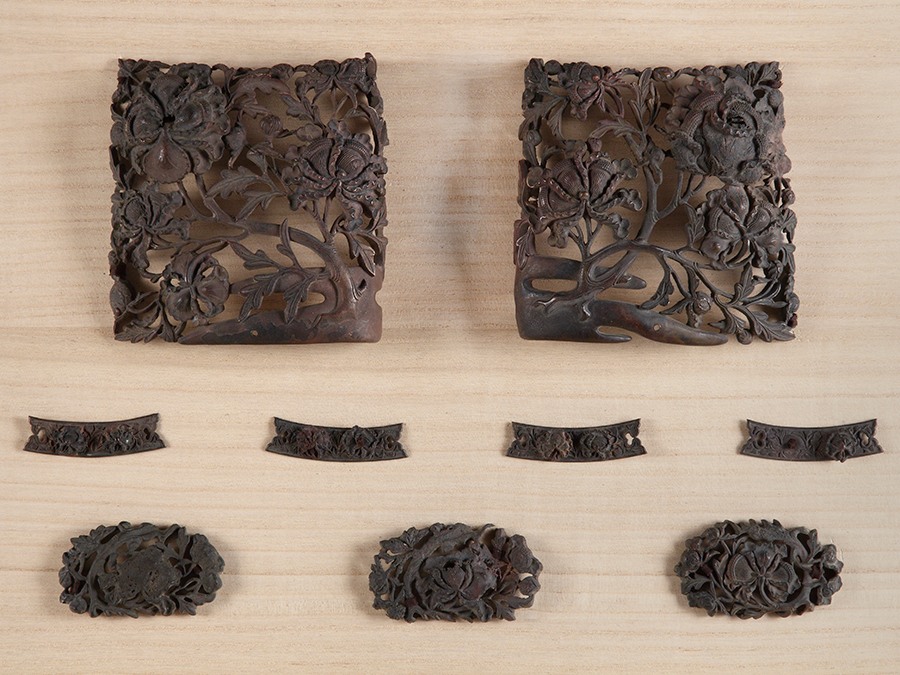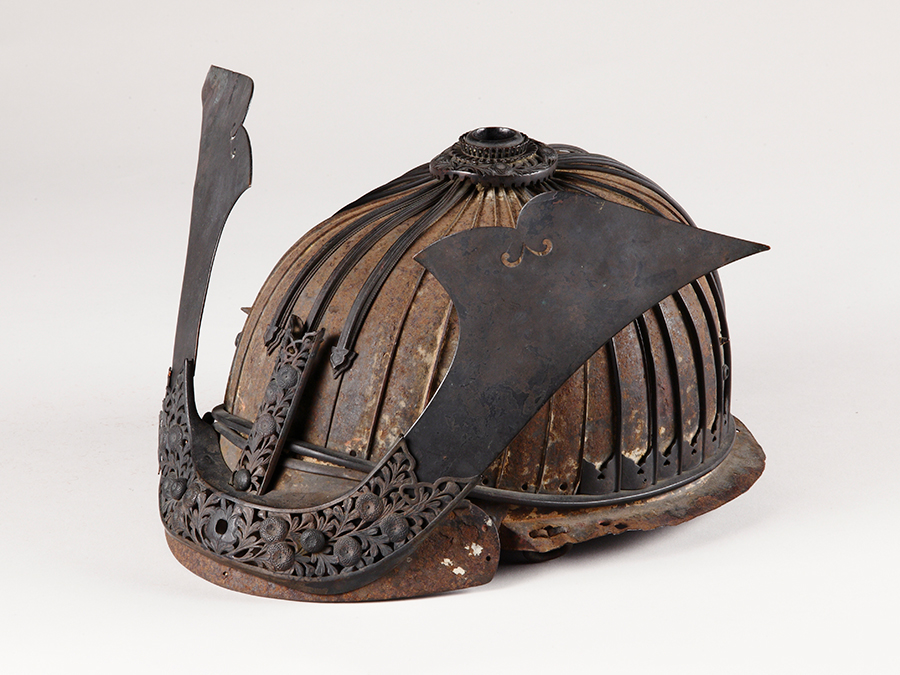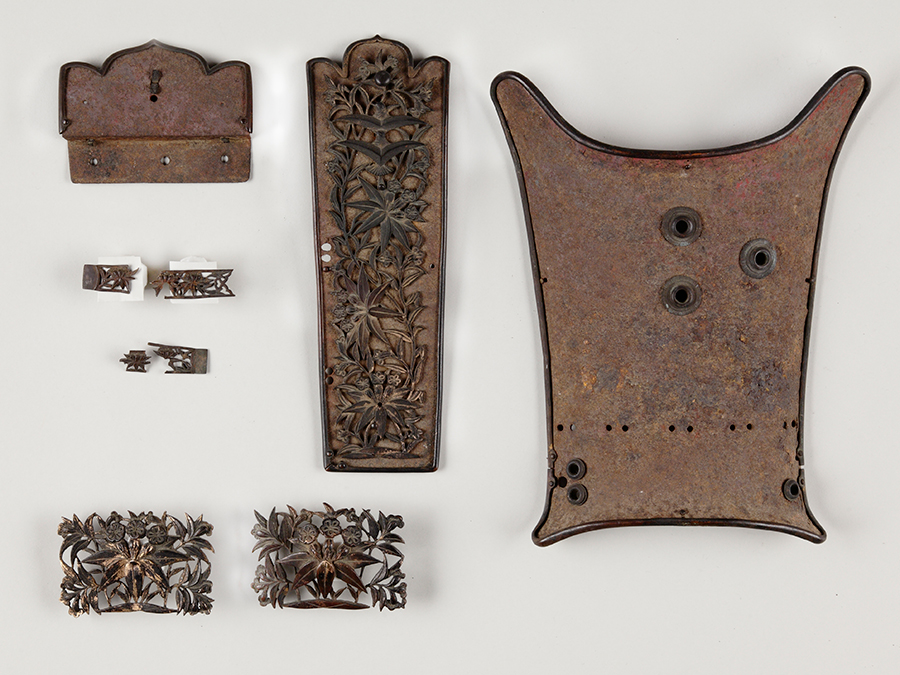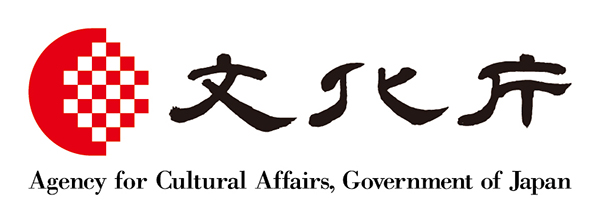Armor Fragments: Piecing Together Lost History


A fire damaged one of the shrine storehouses in 1791, and these fragments are all that remain of the armor that was stored there. The fire destroyed most of the colorful organic material, such as leather and silk, but the fragments can still be used to study the diverse decorative styles of the twelfth through sixteenth centuries.


For example, Helmet A and Helmet B both come from sets of ōyoroi armor that date to the thirteenth century. Helmet A is adorned with two deer, which were seen as messengers of the Shinto deities. The deer on the right has two tiny holes in its head where antlers had once been attached. Helmet B is decorated with high-relief carvings of peonies and butterflies, subjects that symbolize bravery and personal glory. Both helmets were also gilded on the front, back, and sides. In contrast, Helmet C (twelfth century) is more austere. It has minimal ornamentation and is gilded only on the front and back. This comparison suggests that helmets became more ornate over time.


Comparison of these pieces also demonstrates how armor could reflect a warrior’s social and economic status. The lifelike peonies on Helmet B were no doubt costly to produce, as were the stylized autumn bellflowers on Sternum Guard D (sixteenth century). Interestingly, the owner of the guard also paid for embellishment of two flying geese, auspicious birds that were thought to warn of impending ambush. This combination of autumn bellflowers and geese resembles the family crest of the Ochi, a warrior family from the Nara area. As the Ochi family were devout patrons of Kasugataisha Shrine, it is possible that this armor once belonged to them.
Some of the fragments provide clues about where they were produced. Helmet E (sixteenth century) shows the inscription of a craftsman named Haruta Munetsugu (c. 1690). The Haruta School was known for producing ridged helmets, which were lighter and easier to make in large quantities than studded helmets like Helmet A.


In an ideal world, these suits of armor would remain intact and complete. However, even these fragments help to provide a fuller picture of warrior culture and aesthetics. Scholars are working to compare the pieces with illustrated records from the shrine’s storehouses, and one day, it may be possible to recreate the suits of armor with their original colors and ornamentation.

この英語解説文は観光庁の地域観光資源の多言語解説整備支援事業で作成しました。
